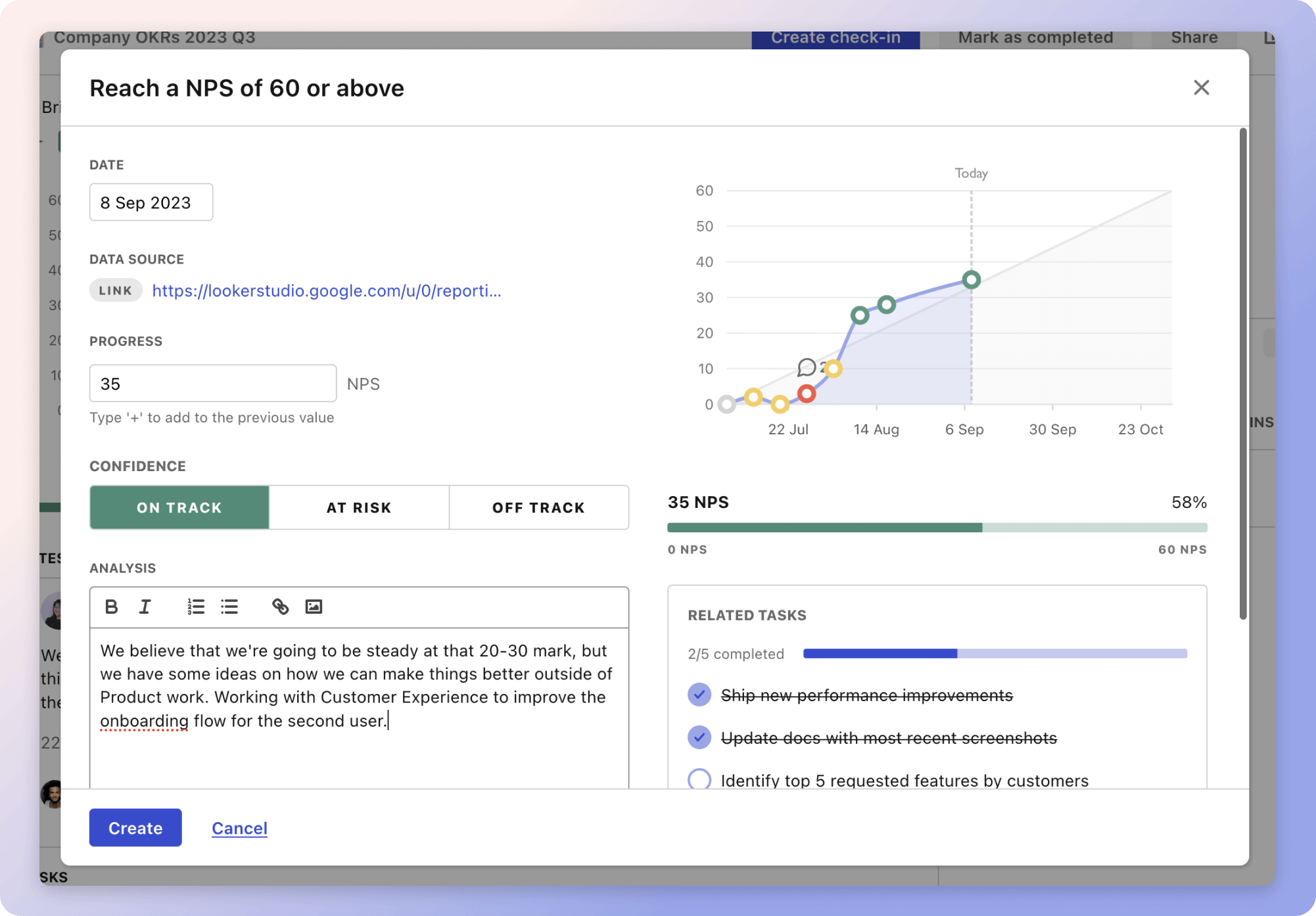The strategy revolves around establishing a cost and pricing structure for recycling post-consumer bottles. The first step is conducting a thorough cost analysis. This involves identifying direct and indirect costs, such as transportation, processing, and administrative expenses. For example, energy consumption and equipment upgrades must be carefully evaluated to understand the full expenses involved. Conducting this analysis will facilitate the creation of a comprehensive cost breakdown document.
The second strategy focuses on market pricing analysis. It includes researching competitors, assessing customer demand, and evaluating the willingness to pay for recycled products. For instance, exploring premium pricing opportunities for sustainable practices can reveal potential margins. Similarly, testing pricing models like tiered or subscription-based structures with a small customer segment helps gather valuable insights.
Finally, implementing a flexible pricing strategy aims to adapt to market conditions and customer preferences. This involves offering dynamic pricing or cost-plus models to balance expenses with profitability. By incorporating environmentally friendly branding or providing discounts for bulk agreements, companies can attract more customers. Regularly revisiting pricing strategies ensures competitiveness and alignment with market trends.
The strategies
⛳️ Strategy 1: Conduct a thorough cost analysis
- Identify all direct costs involved in the recycling process, such as collection, transportation, cleaning, and processing
- Assess indirect costs, including administrative expenses and facility maintenance
- Evaluate potential costs for equipment and technology upgrades
- Calculate the costs associated with labour and staffing
- Analyse energy consumption and utility costs in recycling operations
- Consider costs related to environmental compliance and certifications
- Factor in costs for marketing and promotional activities
- Estimate the costs of post-recycling logistics, like distribution
- Review historical data to identify fluctuating costs and seasonal variations
- Develop a comprehensive cost breakdown document
⛳️ Strategy 2: Analyse market pricing
- Research competitors' pricing for similar recycling services
- Evaluate the market demand for recycled materials
- Analyse customer willingness to pay for recycled products
- Identify potential premium pricing opportunities for sustainable recycling practices
- Consult industry reports to benchmark average pricing standards
- Assess the pricing impact of offering value-added services
- Examine potential pricing strategies, such as tiered or subscription-based models
- Determine acceptable pricing margins to ensure profitability
- Field-test pricing options with a small customer segment
- Adjust pricing structure based on initial feedback and data analysis
⛳️ Strategy 3: Implement a flexible pricing strategy
- Create multiple pricing tiers based on volume or contract length
- Offer discounts or incentives for bulk recycling agreements
- Introduce dynamic pricing to reflect real-time market conditions
- Consider a cost-plus pricing model to ensure coverage of expenses and a profit margin
- Provide customised pricing solutions for large or specialised projects
- Incorporate environmentally friendly branding to justify premium pricing
- Implement periodic pricing reviews to adapt to market changes
- Utilise customer feedback to adjust and refine pricing structures
- Introduce loyal customer rewards to enhance retention
- Evaluate and adjust pricing strategies quarterly to maintain competitiveness
Bringing accountability to your strategy
It's one thing to have a plan, it's another to stick to it. We hope that the examples above will help you get started with your own strategy, but we also know that it's easy to get lost in the day-to-day effort.
That's why we built Tability: to help you track your progress, keep your team aligned, and make sure you're always moving in the right direction.

Give it a try and see how it can help you bring accountability to your strategy.
